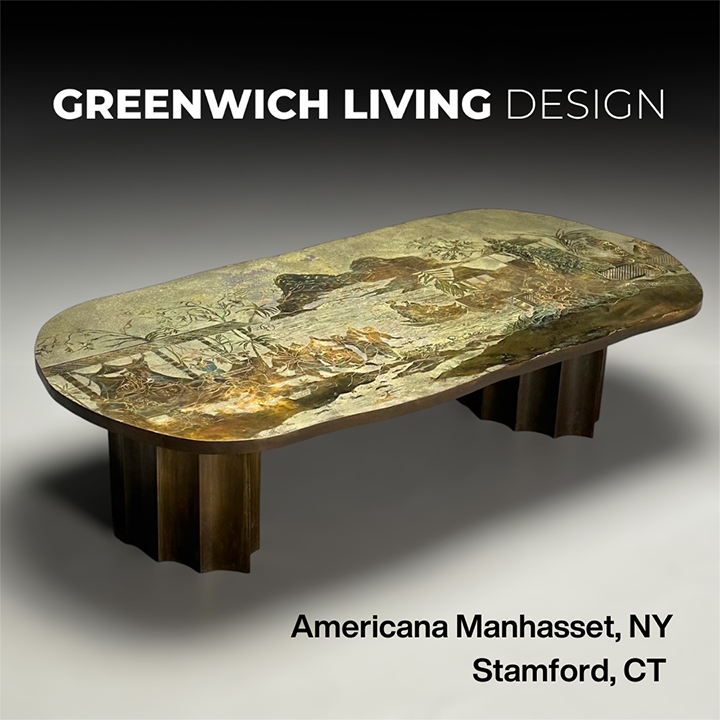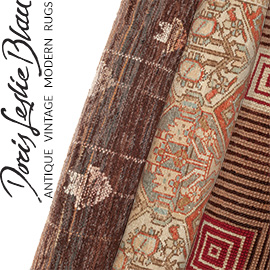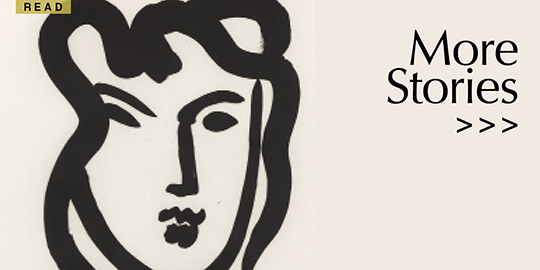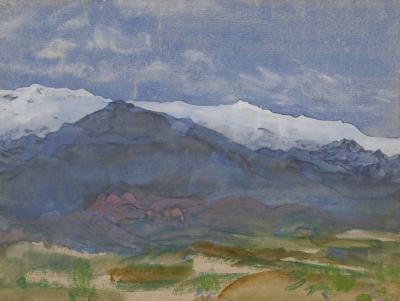Arthur Bowen Davies
American, 1862 - 1928
Arthur Bowen Davies was born on September 26, 1862, in Utica, New York, and passed away on October 24, 1928, in Northern Italy. His artistic journey began at the age of 15 when he studied under Dwight Williams at the Uthica Seminary. Seeking further education, he traveled to Chicago to learn from Charles Courtney Curran at the Art Institute, and in 1878, he continued his studies at the Art Students League in New York.
In 1886, Davies permanently moved to New York, where he worked as a magazine illustrator. His romantic, dreamlike paintings quickly gained favor among affluent women, allowing him to establish a significant presence in the art scene. Throughout the 1890s, he painted conventional landscapes before shifting to a cubist style in 1913, characterized by geometric forms and supernatural elements, particularly in his depictions of dancing nudes. By 1918, he explored lithography, aquatint, and etching, eventually returning to the misty romanticism of his earlier work in his later years.
A versatile artist, Davies created sculptures in wood, ivory, and marble, and he worked with a variety of media, including lithography, etching, watercolor, oil, enamel, and glass. He even wove Gobelin tapestries and fine rugs. Known as a mystic thinker and romantic painter, he was also a reclusive figure who served as president of the Society of Independent Artists and played a crucial role in organizing the landmark 1913 Armory Show, which introduced modern art to the American public.
Davies's work has been showcased in major exhibitions and is held in esteemed collections, including the Art Institute of Chicago, the Metropolitan Museum of Art in New York, the Brooklyn Museum, the Minneapolis Museum, and the de Young Museum in San Francisco. His contributions to the art world continue to be celebrated and recognized in various art history references.
In 1886, Davies permanently moved to New York, where he worked as a magazine illustrator. His romantic, dreamlike paintings quickly gained favor among affluent women, allowing him to establish a significant presence in the art scene. Throughout the 1890s, he painted conventional landscapes before shifting to a cubist style in 1913, characterized by geometric forms and supernatural elements, particularly in his depictions of dancing nudes. By 1918, he explored lithography, aquatint, and etching, eventually returning to the misty romanticism of his earlier work in his later years.
A versatile artist, Davies created sculptures in wood, ivory, and marble, and he worked with a variety of media, including lithography, etching, watercolor, oil, enamel, and glass. He even wove Gobelin tapestries and fine rugs. Known as a mystic thinker and romantic painter, he was also a reclusive figure who served as president of the Society of Independent Artists and played a crucial role in organizing the landmark 1913 Armory Show, which introduced modern art to the American public.
Davies's work has been showcased in major exhibitions and is held in esteemed collections, including the Art Institute of Chicago, the Metropolitan Museum of Art in New York, the Brooklyn Museum, the Minneapolis Museum, and the de Young Museum in San Francisco. His contributions to the art world continue to be celebrated and recognized in various art history references.
